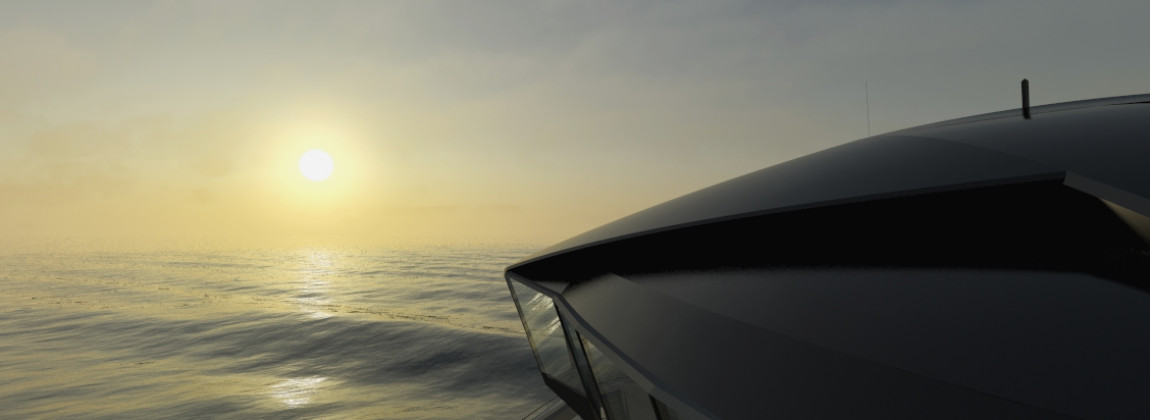- Type of project
- Applied research
- Duration
- 01.04.2011 -> 31.05.2014
This project has been completed
About the project
What if we could redefine the whole bridge environment and change everything from the room layout to furniture design, and from the fundamental interaction techniques to details on the screen? This is the scope for the researchers, designers and engineers developing the Ulstein Bridge Concept (UBC) project. Together we aim to create research and designs that can direct the development of the future ship bridges of offshore service vessels.
Designing ship bridges is a challenge. On the one hand the bridges must be fitted to the complex operations carried out on the bridge. Up to 85 % of maritime accidents are claimed to be caused by “human error” and several studies conclude that the design of modern bridges is part of the cause; The design of the equipment does not support the users in a satisfactory manner. On the other hand there is an urge for innovation in the industry; The shipyards and suppliers of maritime equipment would like to come up with new designs to ensure their commercial interests.
With the increasing complexity of both production and operation of ship bridges it is necessary to review and renew the design processes used. There is a need to address how one can come up with new and innovative solutions that takes into consideration both the overall user-experience and the commercial needs of the ship building companies. In the UBC project we address these challenges through applying more strategic, innovation-driven and user-centred design and research processes.
Team and partners
Ulstein Bridge Concept is a collaborative project funded by the Norwegian Research Council’s MAROFF programme and the Ulstein Group. It consist of participants from the Oslo School of Architecture and Design (AHO), Ulstein Group, Kwant Controls and Aalesund University College (HiALS). The team consists of researchers and experts from different design disciplines (ranging from furniture/product design to interaction design and graphic design), sound design, human factors and engineering. The multidisciplinary team collaborates in making highly detailed future concepts that exemplify what may be made, so as to provide tangible results useful for developing long term strategies for Ulstein.
Research objectives
The overall aim of the UBC project is to develop new and innovative designs of the ship’s bridge through developing and applying new innovation processes. The research objectives are:
1. To develop a new ship bridge concept, which encompasses the complexity of and safety in marine operations.
2. To put Ulstein in a front position in radical ship design
3. To develop design-centred knowledge that may support the design of future ship bridges.
Methods
The main elements of the research design of the project are:
1. Design practice as instrument of investigation and creation. Here the design lab is a central resource where users, designers and engineers can meet, test and create new solutions.
2. Research by Design as the theoretical bases for communication and generalizing the knowledge generated from the design practice. Research by Design is a practice-based mode of research where the exploratory and generative aspects of design are engaged and aligned in a systematic research inquiry.
3. Systems Oriented Design as an overarching approach and mindset to ensure a holistic view on both the design process and the research process. Systems Oriented Design is an implementation of systems thinking in design practice developed at the Oslo School of Architecture and Design.





